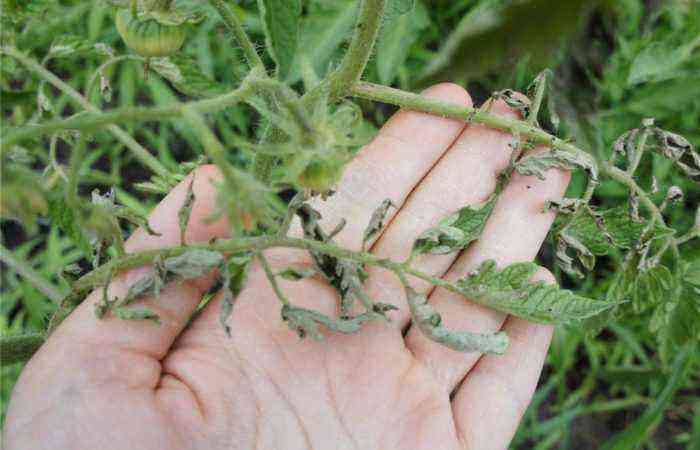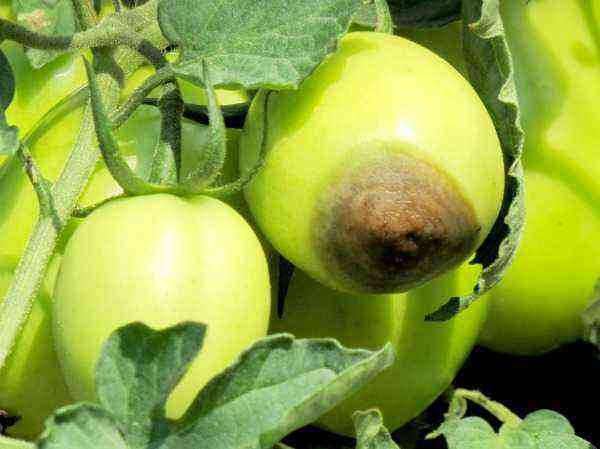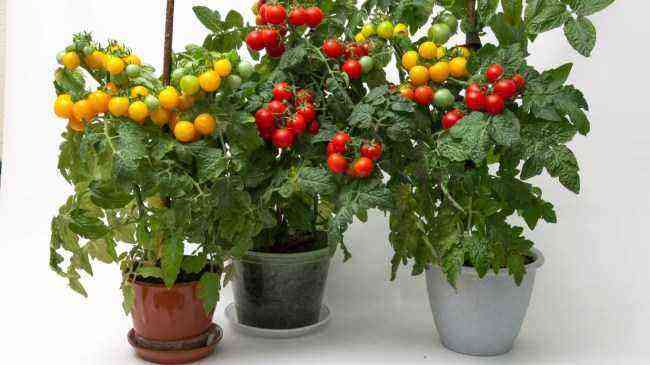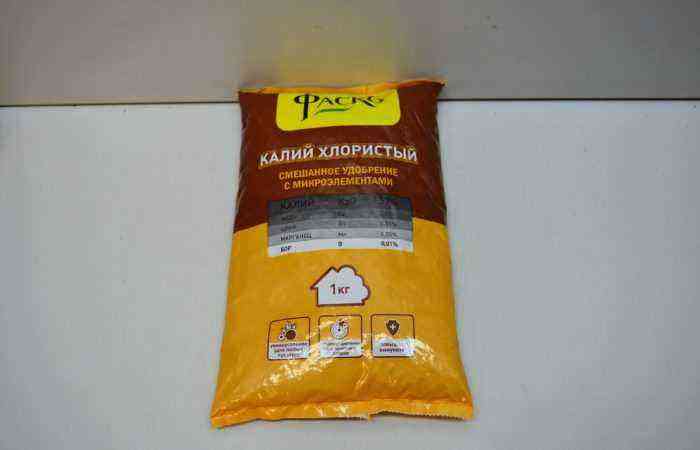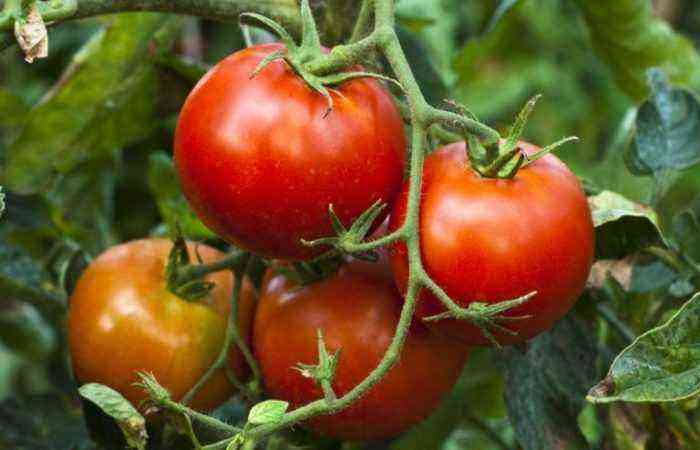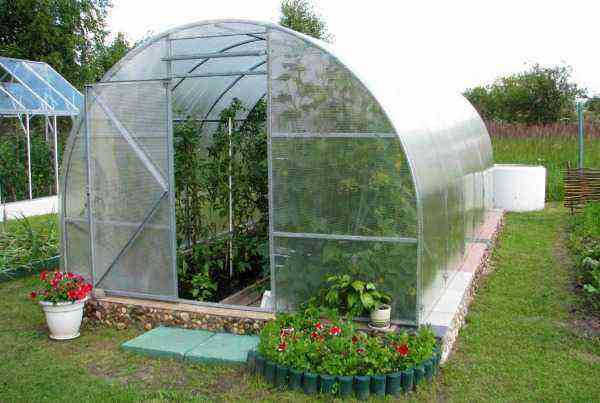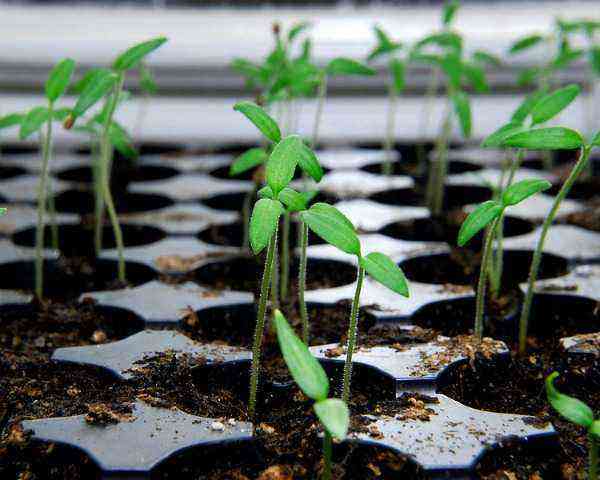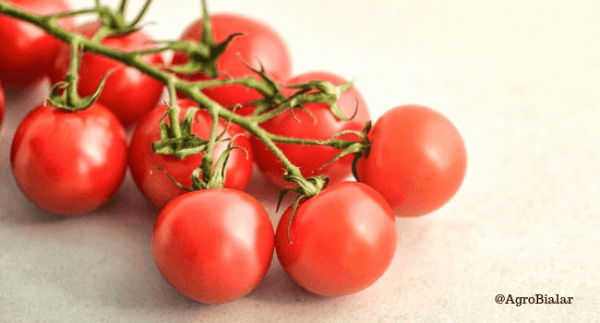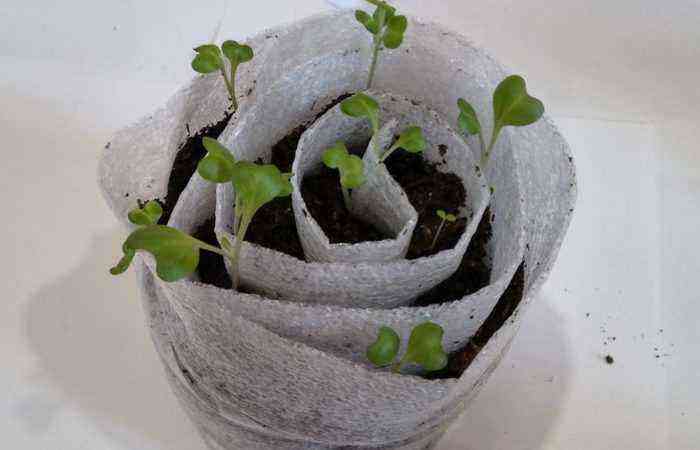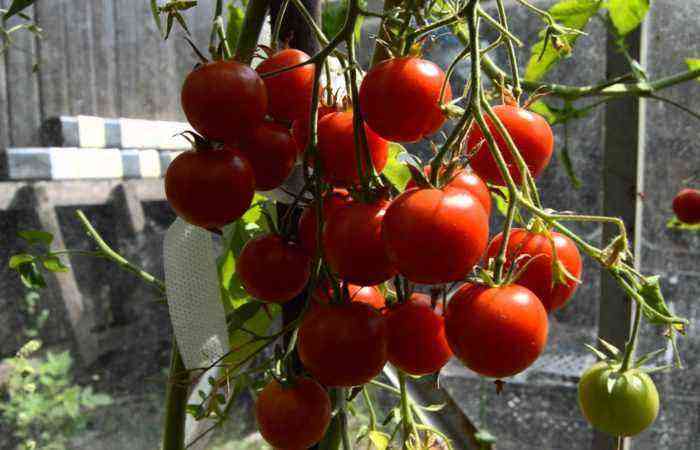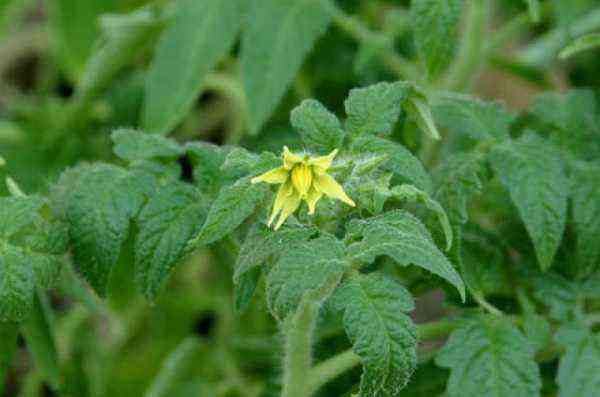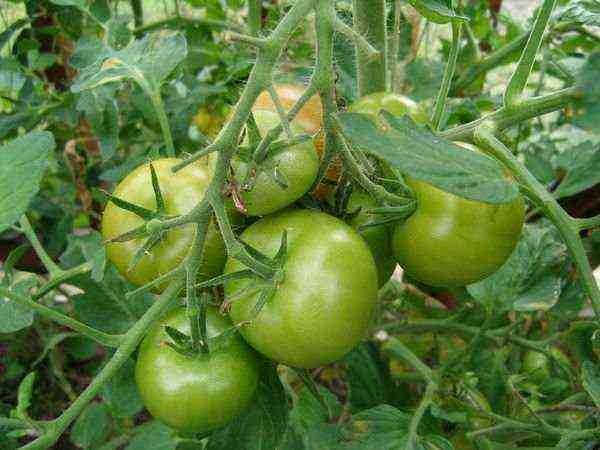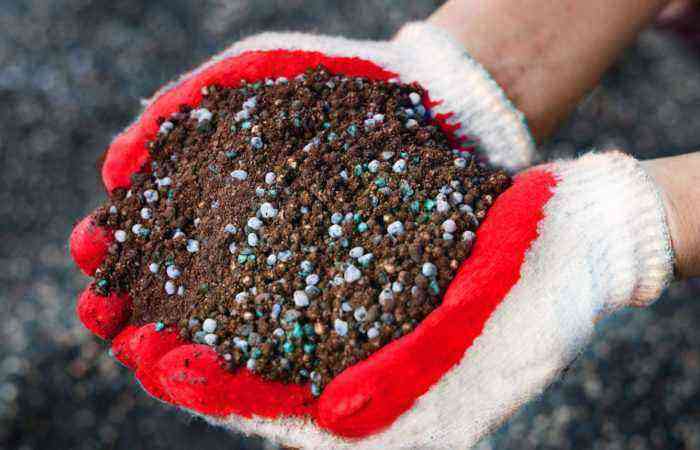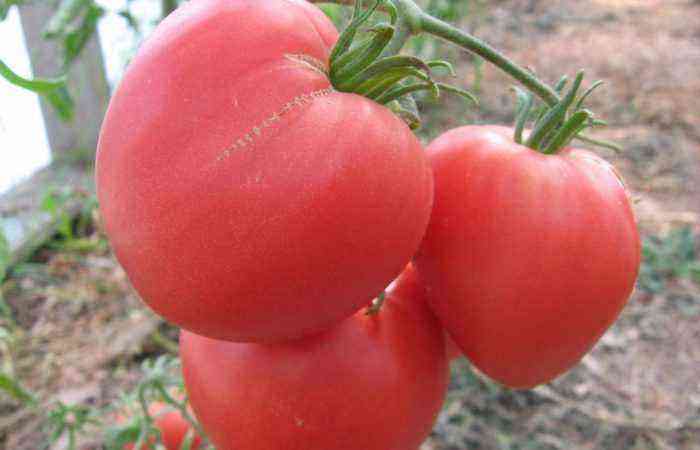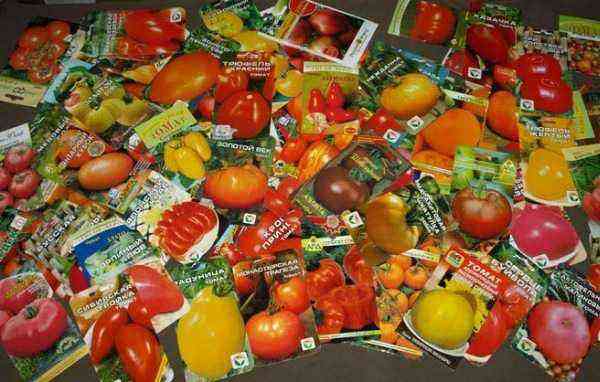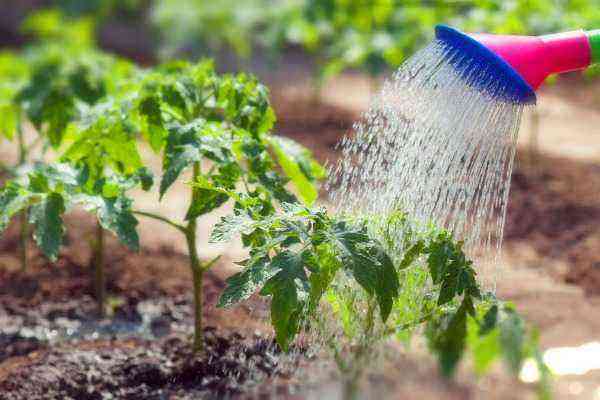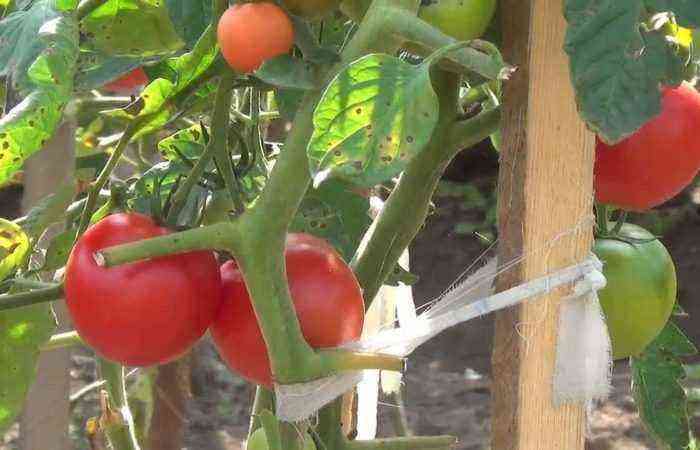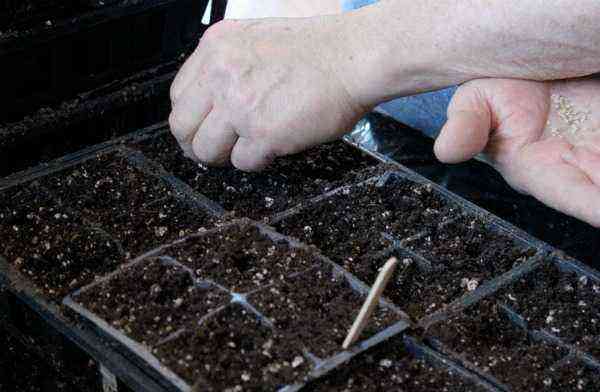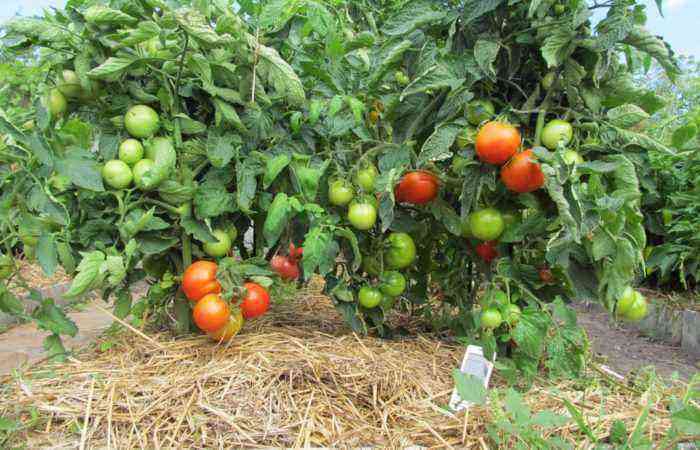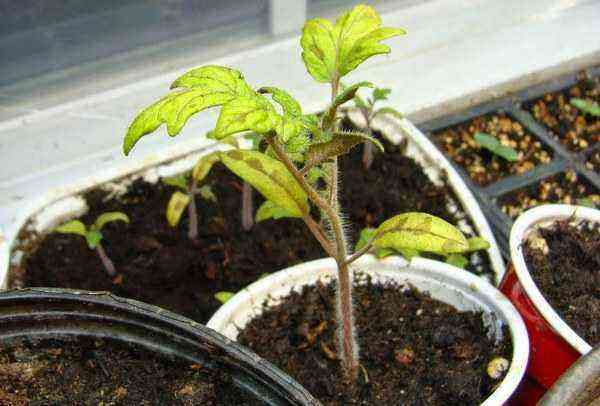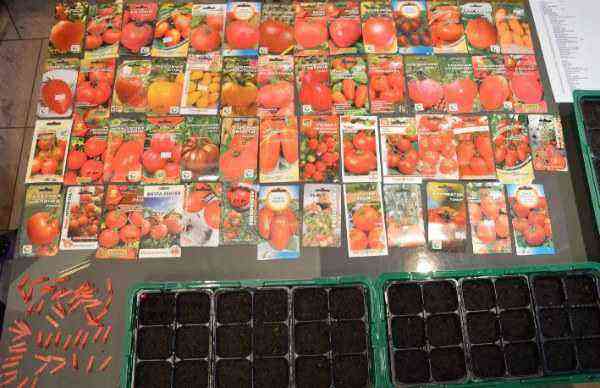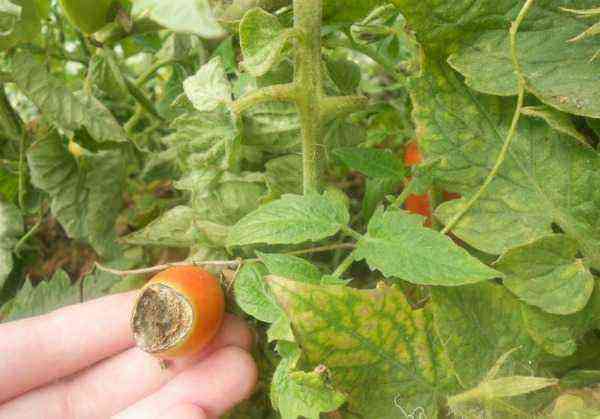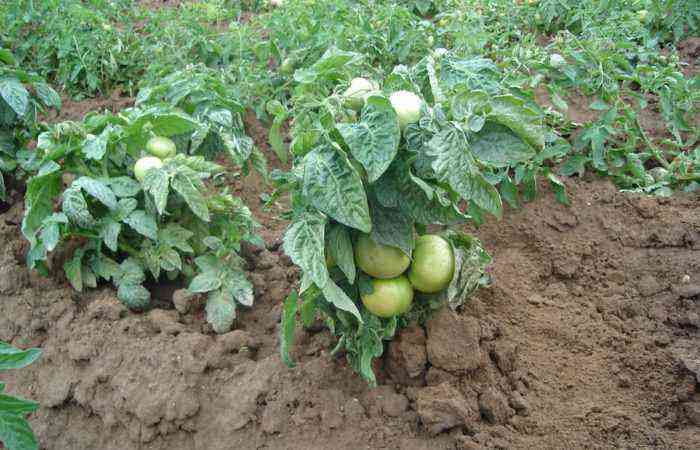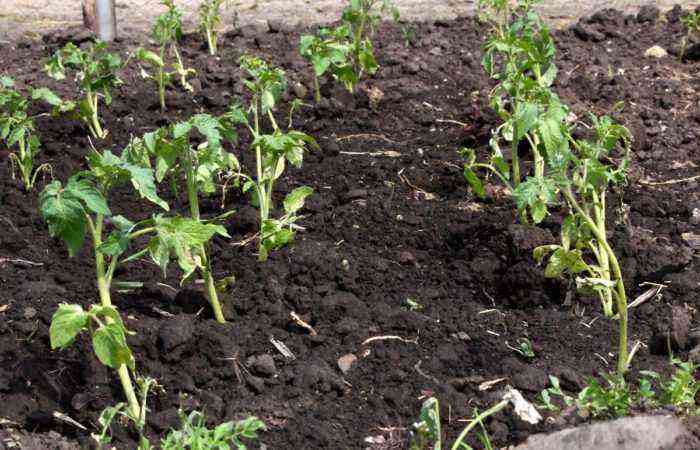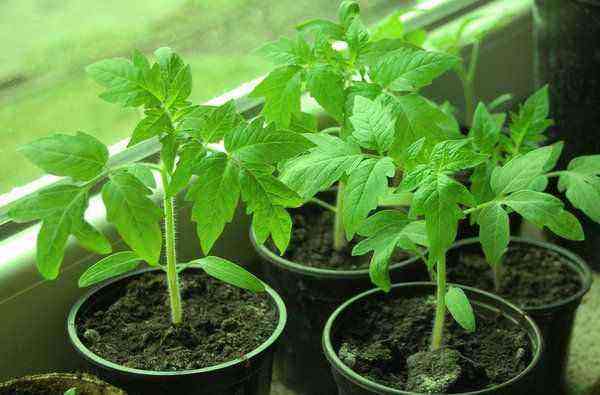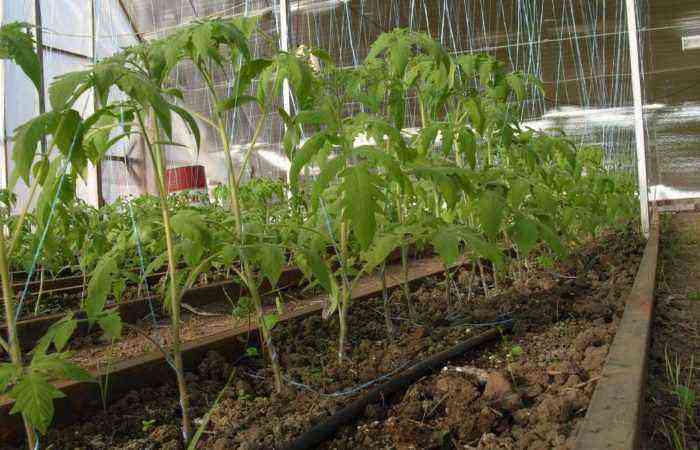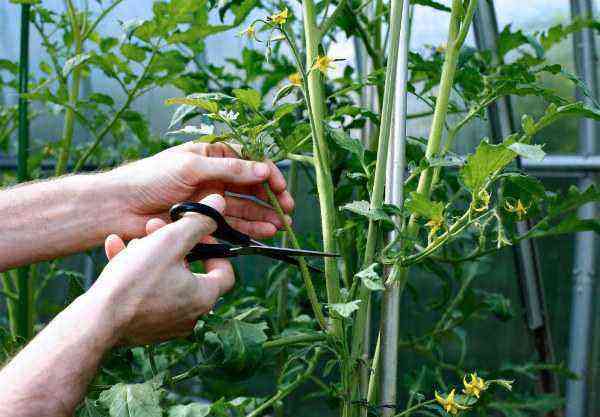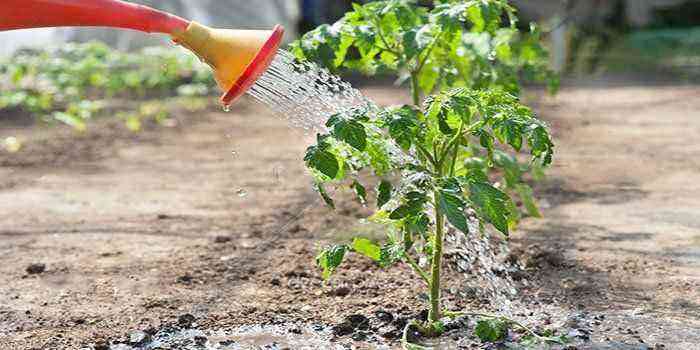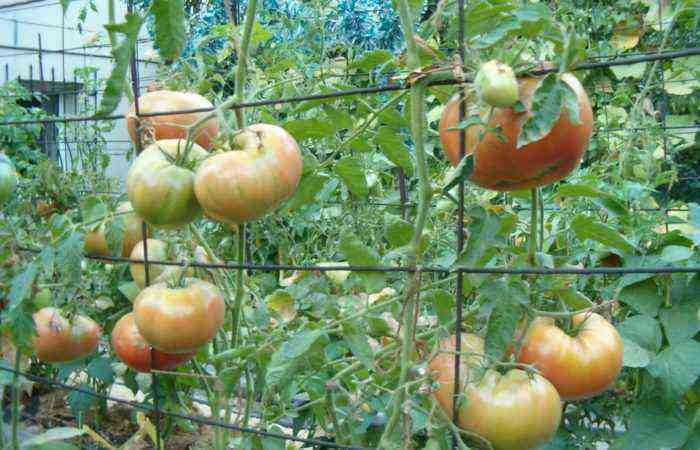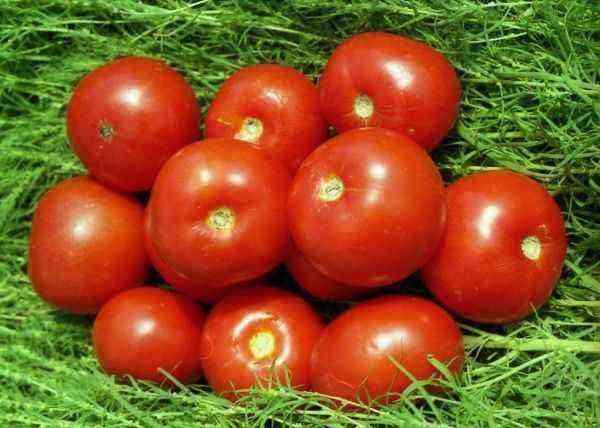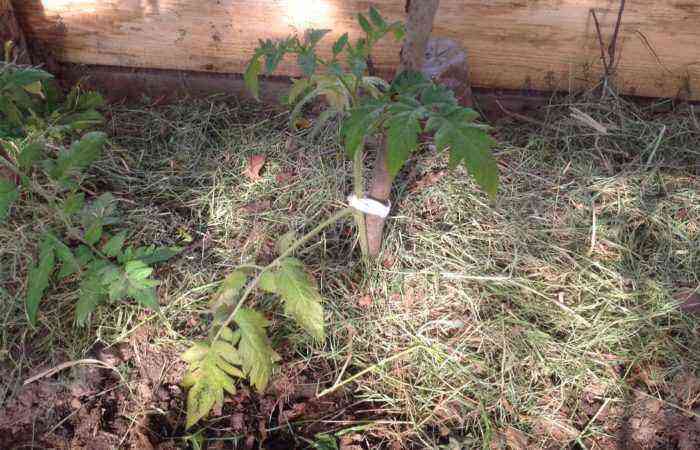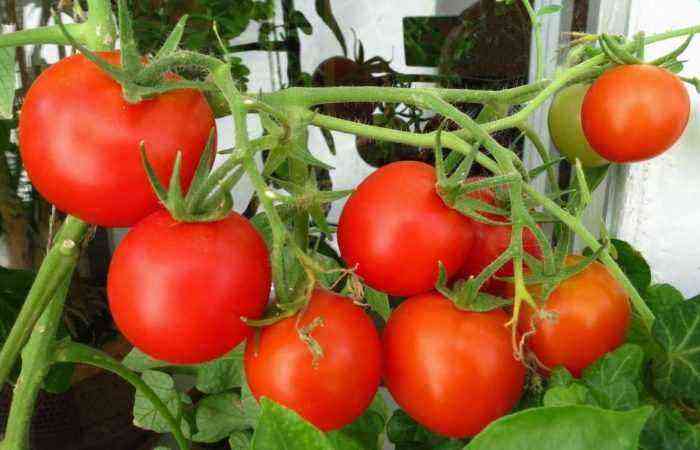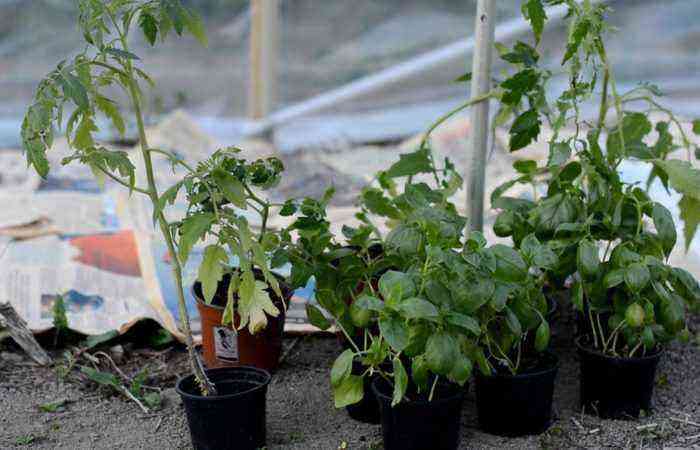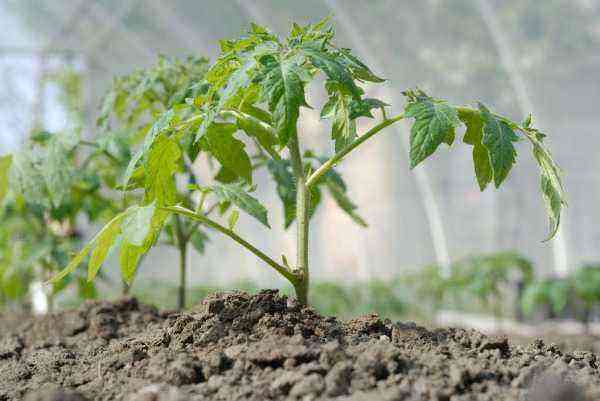When tomatoes rot in wet, cool weather, it’s easy to find an excuse: everything can be attributed to late blight. But when they rot in hot, dry, rainless weather, many gardeners are at a loss. But even in this case, there are reasons for the development of the disease.
And most often it is a human factor when vegetable growers cannot provide plants with proper care and proper agricultural practices. If the center of rot is located at the top of the fruit, that is, at the end opposite the place where the stalk is attached, then most likely it is top rot of tomatoes. To cope with the problem, you need to identify it in time and be able to resist it.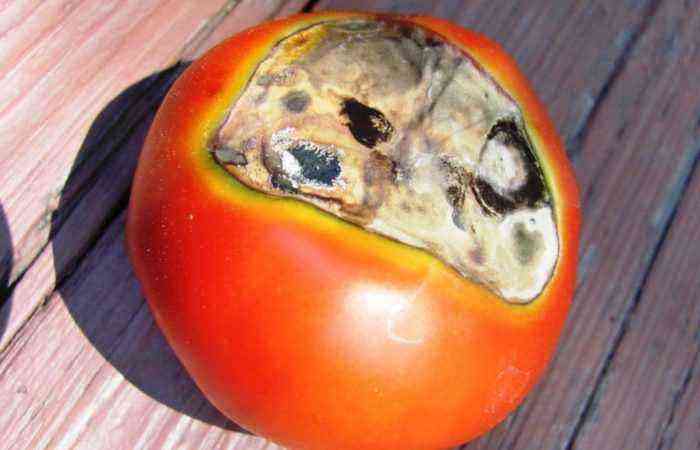
Blossom end rot of tomatoes
The disease belongs to the group of physiological diseases of tomatoes, caused not by viruses and bacteria, but by the influence of natural factors and the result of improper agricultural practices.
Types
At the initial stage, the disease has a non-infectious period. Blossom end rot on fruits appears as a spot with a watery texture. With a lack of moisture, the fruits are compacted and become elastic. With increasing humidity, the fruits soften.
Spots of blossom end rot open the way for colonization by fungi of the genus Alternaria, the fruits darken, rot, acquire an unpleasant odor and become a source of bacterial infection.
Causes of appearance
This is a consequence of illiterate agrotechnical measures in combination with weather conditions:
- Under conditions of insufficient humidity and high temperature, the liquid quickly evaporates from the vegetative organs of the plant: leaves, trunk. If the plant does not compensate for moisture in a timely manner through the roots, it extracts it from the fruits.
- Too much nitrogen.
- Too little or too much calcium in the soil.
- Acidic soils.
Signs of the disease
It is not always easy to recognize the signs of this disease. at the initial stage of development, it is confused with phytophthora. Most often, signs of infection appear on the fruits of the second and third brushes. To start treatment in a timely manner, you need to correctly identify the symptoms:
- At the tips of the fruits, dark green spots of a flat or slightly depressed shape with a liquidish structure under the epidermis first appear.
- Further, the color of the spot becomes brown-gray, brown, sometimes almost black.
- The fruit tissue under the skin becomes soft and rots.
- Over time, the skin on the spot dries up and cracks, the disease moves inward and a depression forms on the surface.
- Such fruits stop growth, are significantly deformed. They quickly begin to blush, do not increase in size and crumble.
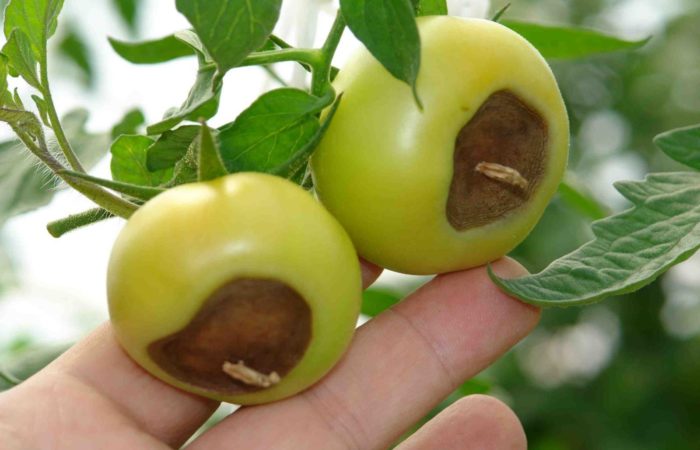
How it spreads
The non-infectious form of the disease affects the fruits on one plant and it is necessary to work on eliminating the causes that caused its development. After the spores of fungi settle on the affected areas and become infected, the fruits become spreaders of the disease to neighboring plants and soil.
Measures to combat blossom end rot
The spread of blossom end rot is easier to prevent than to treat, so it is necessary to regularly carry out its prevention:
- Inspection of plants is carried out for the presence of characteristic signs of various diseases, including vertex rot, in order to take comprehensive measures in a timely manner.
- Remove the affected tomatoes immediately and destroy them outside the site. It is unacceptable to use the affected fruits for food, both fresh and processed. They are also unsuitable for collecting seeds.
- Treat plants. After identifying lesions and harvesting damaged fruits, it is necessary to carry out treatment with folk remedies or special preparations.
How to spray tomatoes from blossom end rot
There are several tools that will help in the fight against this infection:
- Calcium nitrate. It is used to replenish calcium deficiency and stop the development of foci of decay. Processing is carried out by foliar feeding after watering, for which 1-5 g of saltpeter are dissolved in 10 liter of water. You can also use a solution of potassium chloride (3-4 g per 1 liter of water).
- Preparations with calcium and boron enhance the effect and improve the absorption of calcium, for which 10 g of boric acid are added to 10 liters of calcium nitrate solution. For the same purposes, the Brexil Ca preparation is intended, which contains calcium in an easily accessible form and is used for foliar top dressing at intervals of 10-14 days. (10 g per 10 liters of water).
- Fertilizers with phosphorus. Foliar fertilizing with phosphate fertilizers, which strengthen the immunity of plants, is also effective. For top dressing, a solution is prepared:
- 15-20 Art. l. superphosphate is poured into 3 liters of hot water and infused for a day until the granules are completely dissolved;
- 10 ml of extract are added to 150 liters of water;
- add 20 g of nitrogen fertilizers.
- Plants are sprayed with a solution using a sprayer.
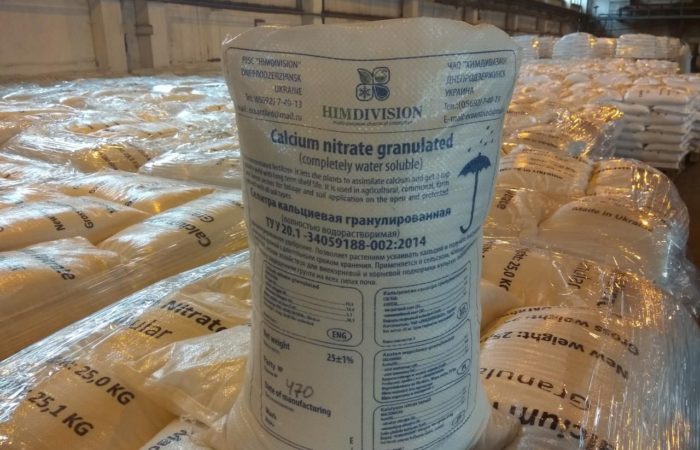
Treatment with folk remedies
To prevent the development of the disease, non-toxic agents are often used. Spraying of plants, soil around the stem is carried out after the removal of damaged fruits and leaves:
- Spraying with wood ash extract. This affordable tool contains various useful elements that significantly improve the structure of the fruit: calcium, phosphorus, manganese, boron and others. To prepare a solution of 100 g of wood ash, pour 10 liters of boiling water and insist until it cools completely, and then filter and spray the plants.
- Treatment with soda solution is often used by vegetable growers for disease prevention and treatment, for which 10-20 g of soda ash is dissolved in 10 liters of warm water.
Features of processing tomatoes
In the greenhouse and in the open field, the treatment of tomatoes against blossom end rot does not have significant differences. The main thing is the prevention of the disease, timely deep watering and sufficient mineral nutrition.
In greenhouses, an important event is regular ventilation. Considering that it is more difficult to observe crop rotation in greenhouses, more attention is paid to the disinfection of the soil and structures after harvesting the plants.
- Soil disinfection is carried out with solutions of potassium permanganate, Bordeaux liquid, copper sulfate or fundozol.
- Digging. The soil is dug deep with lime and eggshells.
You can see how the gardener treats blossom end rot, gives useful recommendations on how to prevent the development of the disease, in the video.
Resistant tomato varieties
Not all varieties of tomatoes are susceptible to infection with this virus. There are species resistant to the disease:
- Oak. Determinate, undersized, early-ripening variety is intended for cultivation in open ground. The variety is winter-hardy, suitable for long-term storage and transportation. Fruits with a small number of seed chambers, weighing 50-110 g.
- White filling. Early ripe, determinant, productive, unpretentious variety of universal purpose. It is grown up in an open ground and film greenhouses.
- Pandarosa. An early highly productive variety for film and glass greenhouses. Fruits weighing 210-230 g.
- Raisa. Indeterminate, classic, early maturing hybrid variety for extended turnover in greenhouses. It has good disease resistance. Fruits weighing 150-170 g with high commercial qualities.
Prevention
To avoid infection, preventive measures should be taken:
- Seeds are treated with disinfectants:
- A solution of potassium permanganate (3%) for 20-30 minutes.
- Iron vitriol (1 g per 1 liter of water) for 24 hours.
Before planting tomatoes, agents are introduced to reduce soil acidity and improve immunity: dolomite flour, lime – fluff, chalk in the amount of 2-3 tbsp. l. on a bucket of soil. To reduce the risk of developing diseases, wood ash is applied as a top dressing when planting a tomato, for which a glass of ash is added to each well, mixing it with the soil.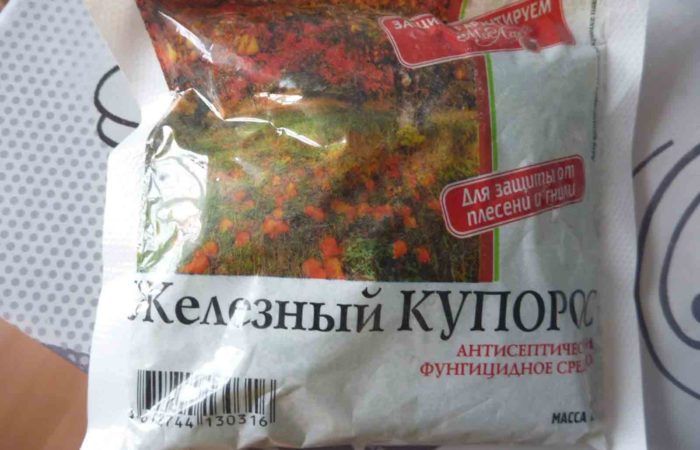
- Proper watering.
Watering tomatoes is carried out depending on weather conditions with an interval of 5-7 days. Watering should be plentiful, to the full depth of the roots, but not frequent. If the weather is hot and dry, the period between waterings can be shortened, but waterlogging should not be allowed.
Mulching is used to maintain soil moisture.
- Tomato processing.
To improve nutrition and strengthen immunity, complex preparations containing various trace elements and amino acids are used. Megafol, Mir, Humifid preparations are used by foliar spraying alone or in combination with other preparations in accordance with the manufacturer’s instructions.
Ganichkina’s tips on how to deal with blossom end rot
According to the recommendations of Oktyabrina Ganichkina, a well-known vegetable grower blogger, the main condition in the fight against diseases is prevention, strict adherence to agricultural practices and the cultivation of resistant hybrid varieties of tomatoes.
Top rot of tomatoes is an unpleasant phenomenon, but quite fixable. Careful attention to plants will allow timely identification of the symptoms of the disease and take measures to correct the situation.


